Regulatory Support for Diesel Vehicles
The Light Diesel Vehicle Market benefits from various regulatory frameworks that support the use of diesel vehicles. Governments are implementing policies that promote the adoption of cleaner diesel technologies, which are perceived as more environmentally friendly compared to traditional gasoline engines. For instance, certain regions have introduced tax incentives for consumers purchasing low-emission diesel vehicles. This regulatory support is crucial, as it encourages manufacturers to innovate and produce vehicles that meet stringent emission standards. Consequently, the market is likely to see an increase in the availability of light diesel vehicles that comply with these regulations, further stimulating consumer interest.
Expansion of Logistics and Delivery Services
The expansion of logistics and delivery services is significantly influencing the Light Diesel Vehicle Market. With the rise of e-commerce and the need for efficient delivery solutions, light diesel vehicles are increasingly being utilized for last-mile delivery services. Their ability to carry substantial loads while maintaining fuel efficiency makes them ideal for logistics companies. Recent market analysis suggests that the demand for light diesel vehicles in the logistics sector is projected to grow by over 15% in the coming years. This trend indicates that as the logistics industry continues to evolve, the reliance on light diesel vehicles will likely increase, driving further growth in the market.
Technological Innovations in Fuel Efficiency
The Light Diesel Vehicle Market is experiencing a surge in technological innovations aimed at enhancing fuel efficiency. Manufacturers are increasingly investing in advanced engine technologies, such as turbocharging and direct fuel injection, which significantly improve the fuel economy of diesel vehicles. According to recent data, vehicles equipped with these technologies can achieve fuel efficiencies exceeding 30 miles per gallon. This trend not only reduces operational costs for consumers but also aligns with stricter emissions regulations, making diesel vehicles more appealing. As a result, the demand for light diesel vehicles is likely to rise, driven by consumers seeking cost-effective and environmentally friendly transportation solutions.
Growing Urbanization and Transportation Needs
Urbanization is a driving force behind the Light Diesel Vehicle Market, as more people migrate to urban areas, leading to increased transportation needs. The demand for efficient and reliable transportation solutions is rising, particularly in densely populated regions. Light diesel vehicles, known for their durability and fuel efficiency, are becoming a preferred choice for both personal and commercial use. Data indicates that urban areas are witnessing a significant increase in light diesel vehicle registrations, reflecting a shift in consumer preferences. This trend suggests that as urbanization continues, the market for light diesel vehicles will likely expand, catering to the evolving transportation demands of urban populations.
Economic Growth and Increased Disposable Income
Economic growth plays a pivotal role in shaping the Light Diesel Vehicle Market. As economies expand, disposable incomes rise, allowing consumers to invest in vehicles that offer better performance and efficiency. Light diesel vehicles are often viewed as a cost-effective option due to their superior fuel economy and lower maintenance costs compared to gasoline counterparts. Recent statistics show that regions experiencing economic growth have also seen a corresponding increase in light diesel vehicle sales. This correlation indicates that as consumers gain more financial flexibility, the demand for light diesel vehicles is likely to grow, further bolstering the market.


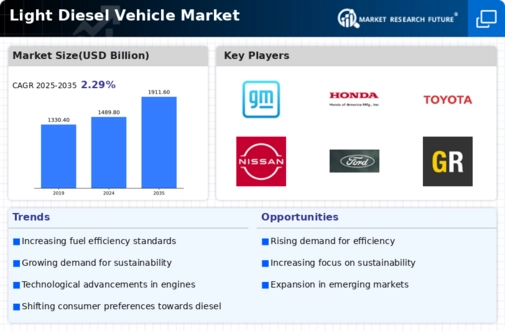
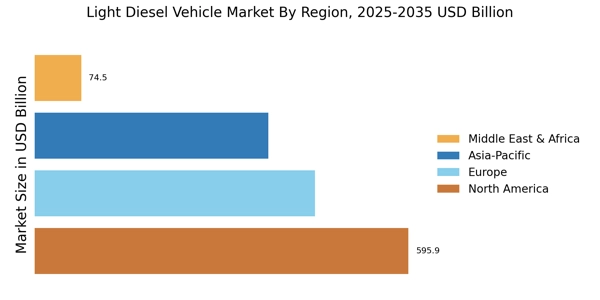
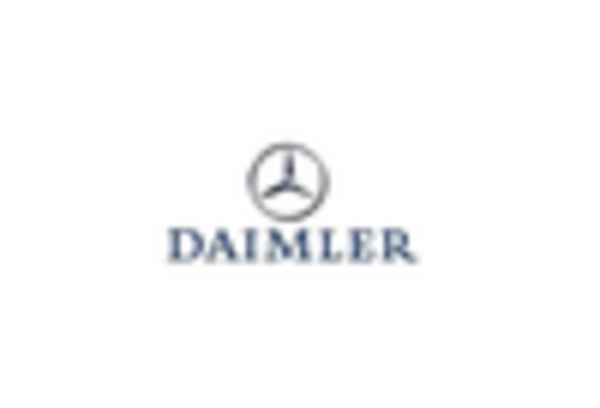


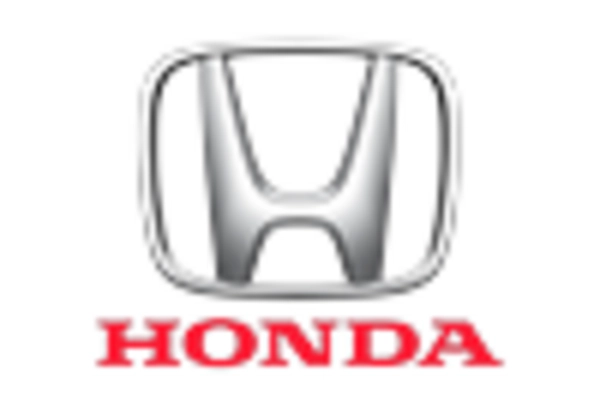

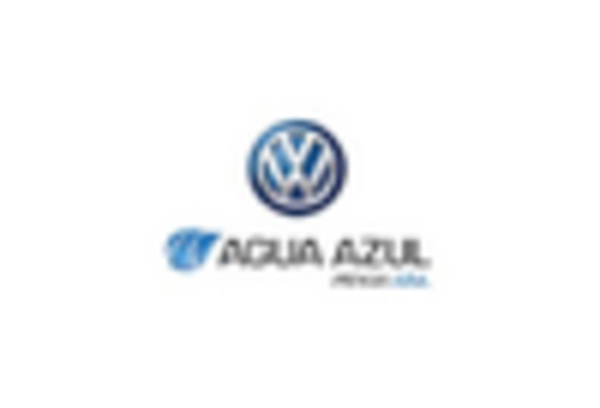








Leave a Comment